Home>Furniture & Design>Bathroom Accessories>Why Does My Bathtub Turn Pink
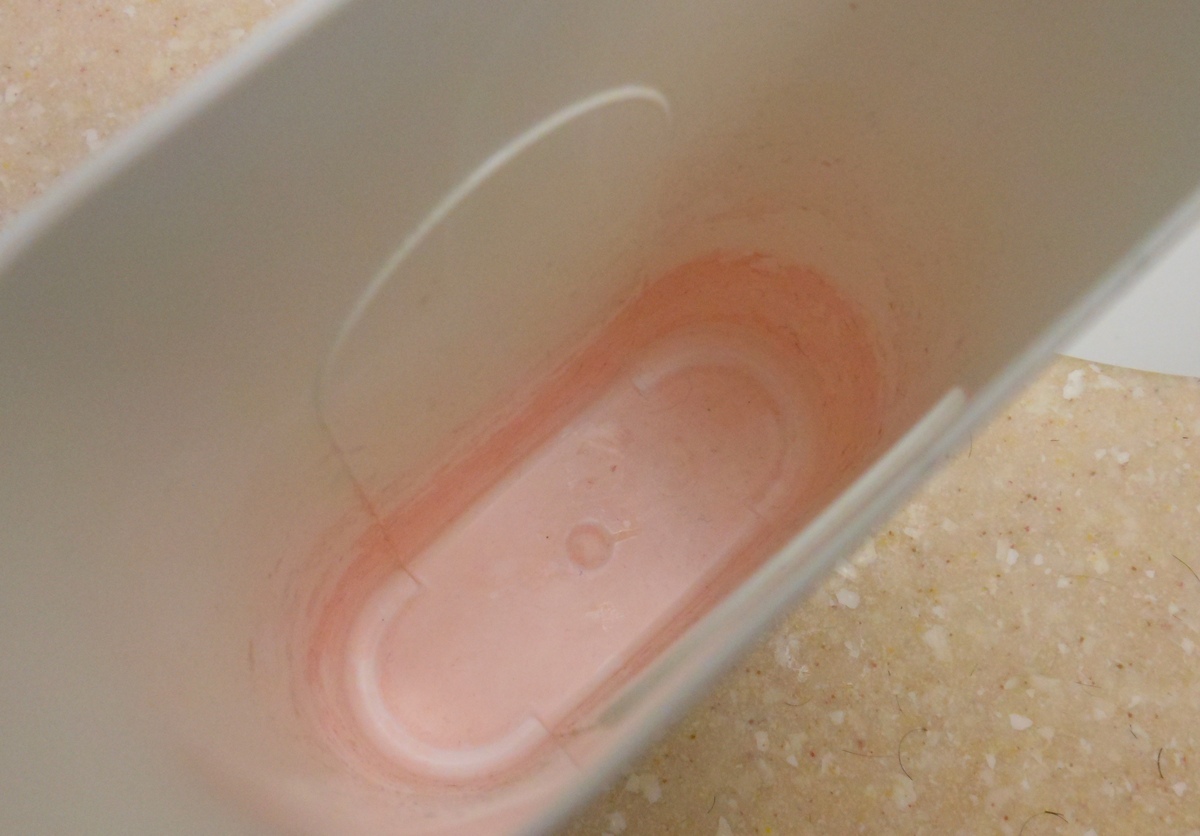

Bathroom Accessories
Why Does My Bathtub Turn Pink
Published: February 17, 2024
Discover the reasons behind your pink bathtub and find the best bathroom accessories to prevent and remove pink stains. Explore effective solutions for a clean and vibrant bathroom.
(Many of the links in this article redirect to a specific reviewed product. Your purchase of these products through affiliate links helps to generate commission for Storables.com, at no extra cost. Learn more)
Introduction
Have you ever stepped into your bathroom, only to be greeted by an unexpected sight – a pinkish hue staining the surface of your bathtub? If so, you're not alone. Many homeowners have encountered this perplexing phenomenon, and it often leaves them wondering, "Why does my bathtub turn pink?"
The appearance of pink stains in bathtubs can be a source of frustration and confusion. It's not uncommon for individuals to scrub tirelessly, only to find that the stains persist, seemingly impervious to traditional cleaning methods. However, understanding the root cause of these pink stains is the first step toward effectively addressing and preventing them.
In this comprehensive guide, we will delve into the underlying factors that contribute to the formation of pink stains in bathtubs. Additionally, we will explore practical strategies for removing these stubborn blemishes and implementing preventive measures to keep your bathtub looking pristine.
So, if you've ever found yourself pondering the enigma of pink bathtub stains, join us as we unravel the mystery and equip you with the knowledge and tools to bid farewell to these unwelcome guests in your bathroom.
Key Takeaways:
- Say goodbye to pink bathtub stains by using vinegar and baking soda, hydrogen peroxide, or commercial cleaners. Regular maintenance and proper ventilation can prevent their return, keeping your bathtub sparkling clean.
- Prevent pink bathtub stains by enhancing ventilation, regular cleaning, thorough drying, monitoring water quality, and using bacterial inhibitors. Keep your bathtub pristine and free from unsightly discoloration.
Read more: Why Did My Toothbrush Turn Pink
What Causes Pink Stains in Bathtubs
The emergence of pink stains in bathtubs can be attributed to a variety of factors, with the predominant culprit being a type of bacteria known as Serratia marcescens. This resilient microorganism thrives in moist environments and is notorious for its ability to colonize surfaces in bathrooms, particularly on grout, silicone seals, and the inner walls of bathtubs. When conditions are favorable, Serratia marcescens can proliferate, leading to the formation of the telltale pinkish or reddish stains that often bewilder homeowners.
The presence of iron and manganese in water can exacerbate the issue, as these minerals can interact with the bacterial colonies, intensifying the discoloration and making the stains more conspicuous. Additionally, the use of certain toiletries and personal care products, such as soaps, shampoos, and body washes, can contribute to the growth of Serratia marcescens by providing nutrients and a suitable habitat for the bacteria to flourish.
Furthermore, inadequate ventilation in bathrooms can create an environment conducive to bacterial growth, as the accumulation of moisture and humidity fosters the ideal conditions for Serratia marcescens to thrive. This is particularly prevalent in bathrooms with limited airflow or those that are not adequately ventilated, allowing moisture to linger and create an inviting habitat for microbial activity.
In some cases, the presence of pink stains may also be linked to the use of certain cleaning products. Residual traces of ineffective or incompatible cleaning solutions can leave behind a film or residue that promotes bacterial growth, exacerbating the persistence of pink stains in bathtubs.
Understanding the multifaceted nature of the factors contributing to the formation of pink stains in bathtubs is crucial for devising effective strategies to address and prevent this issue. By gaining insight into the underlying causes, homeowners can take targeted measures to combat the presence of Serratia marcescens and mitigate the conditions that foster its proliferation, ultimately restoring the pristine appearance of their bathtubs.
To prevent pink stains in your bathtub, regularly clean and scrub the surfaces to remove any buildup of bacteria and minerals. Consider using a bleach-based cleaner to kill bacteria and prevent the pink discoloration.
How to Remove Pink Stains from Bathtubs
Dealing with persistent pink stains in bathtubs can be a daunting task, but with the right approach, it is possible to effectively eliminate these unsightly blemishes. Here are practical steps to remove pink stains and restore the pristine appearance of your bathtub:
-
Vinegar and Baking Soda: Create a paste by mixing white vinegar with baking soda to form a thick consistency. Apply the paste directly to the pink stains and allow it to sit for approximately 15-20 minutes. Then, gently scrub the affected areas with a soft-bristled brush or sponge. The mild acidity of vinegar combined with the abrasive action of baking soda can help lift and dissolve the stains.
-
Hydrogen Peroxide: Another effective approach involves using hydrogen peroxide to target pink stains. Apply hydrogen peroxide directly to the affected areas and let it sit for a few minutes to penetrate the stains. Subsequently, scrub the surface with a non-abrasive pad or sponge to aid in the removal of the discoloration.
-
Commercial Cleaners: Consider using specialized bathroom cleaners formulated to combat tough stains. Look for products designed to address bacterial growth and discoloration. Follow the manufacturer's instructions for application and allow the cleaner to work its magic before rinsing thoroughly.
-
Bleach Solution: For more stubborn stains, a diluted bleach solution can be employed. Exercise caution and ensure proper ventilation when using bleach. Create a solution of water and bleach, apply it to the affected areas, and let it sit for a brief period before scrubbing and rinsing thoroughly.
-
Regular Maintenance: Implement a consistent cleaning routine to prevent the recurrence of pink stains. Regularly clean and dry the bathtub after each use to minimize moisture accumulation, which can create an environment conducive to bacterial growth.
By employing these targeted methods, you can effectively combat pink stains in your bathtub and restore its pristine condition. It's important to approach the cleaning process with patience and persistence, as complete removal may require repeated treatments, especially for deeply ingrained stains. Additionally, maintaining a clean and well-ventilated bathroom environment can help prevent the resurgence of pink stains, ensuring that your bathtub remains a sparkling centerpiece of your bathroom.
Preventing Pink Stains in Bathtubs
Preventing the recurrence of pink stains in bathtubs necessitates a proactive approach aimed at addressing the underlying factors that contribute to their formation. By implementing preventive measures, homeowners can effectively thwart the resurgence of these stubborn blemishes, ensuring that their bathtubs remain pristine and free from discoloration. Here are practical strategies to prevent pink stains in bathtubs:
-
Enhance Ventilation: Adequate ventilation is crucial in mitigating the conditions that foster bacterial growth and the formation of pink stains. Ensure that your bathroom is well-ventilated to minimize moisture accumulation, as stagnant humidity provides an ideal environment for Serratia marcescens to thrive. Consider installing exhaust fans or opening windows to promote air circulation and reduce moisture levels, thereby creating an inhospitable environment for bacterial colonization.
-
Regular Cleaning: Establishing a consistent cleaning regimen is paramount in preventing the buildup of pink stains. Incorporate routine cleaning sessions using mild, non-abrasive cleaners to maintain the cleanliness of your bathtub. Focus on areas prone to moisture retention, such as grout lines, silicone seals, and the inner surfaces of the bathtub. By promptly addressing any signs of discoloration and maintaining a clean environment, you can deter the proliferation of Serratia marcescens and minimize the likelihood of pink stains reappearing.
-
Dry Surfaces Thoroughly: After each use, ensure that the bathtub and surrounding surfaces are thoroughly dried. Use a squeegee or towel to remove excess water, particularly from areas where moisture tends to accumulate. By minimizing residual moisture, you can impede the conditions conducive to bacterial growth, thereby reducing the risk of pink stains forming.
-
Monitor Water Quality: In regions where water contains high levels of iron and manganese, consider installing water filtration systems or utilizing water softeners to reduce the presence of these minerals. By addressing the mineral content in your water supply, you can mitigate the potential for these elements to interact with bacterial colonies, minimizing the intensity of pink stains in your bathtub.
-
Use Bacterial Inhibitors: Consider incorporating antimicrobial or bacterial-inhibiting products into your cleaning routine. Select cleaners and treatments specifically formulated to target and prevent bacterial growth, thereby fortifying your efforts to maintain a hygienic and stain-free bathtub.
By integrating these preventive measures into your household maintenance practices, you can effectively safeguard your bathtub against the recurrence of pink stains. Proactive vigilance and consistent upkeep are instrumental in creating an environment that is inhospitable to Serratia marcescens, ultimately preserving the pristine appearance of your bathtub and ensuring a welcoming and hygienic bathroom space.
Frequently Asked Questions about Why Does My Bathtub Turn Pink
Was this page helpful?
At Storables.com, we guarantee accurate and reliable information. Our content, validated by Expert Board Contributors, is crafted following stringent Editorial Policies. We're committed to providing you with well-researched, expert-backed insights for all your informational needs.
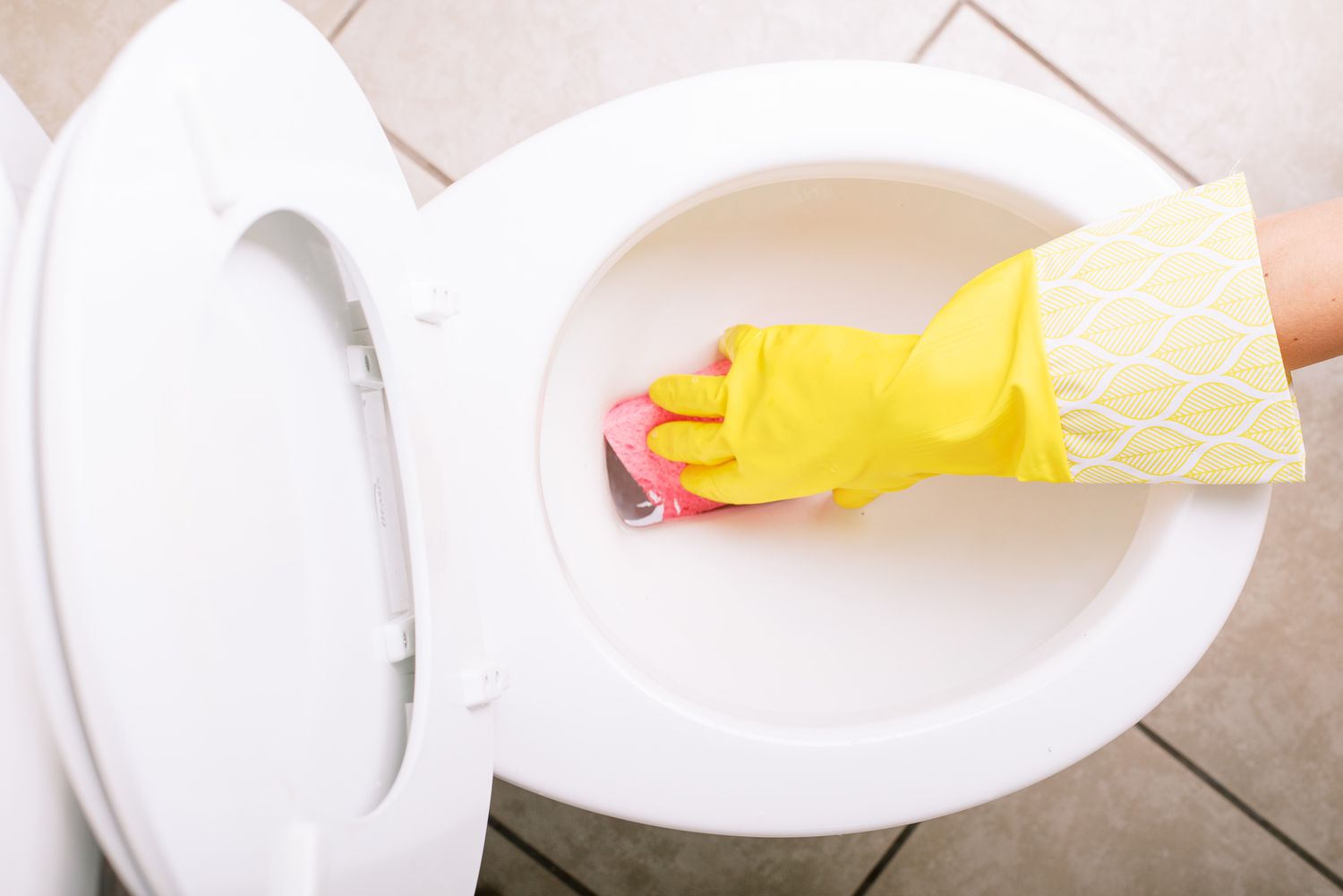
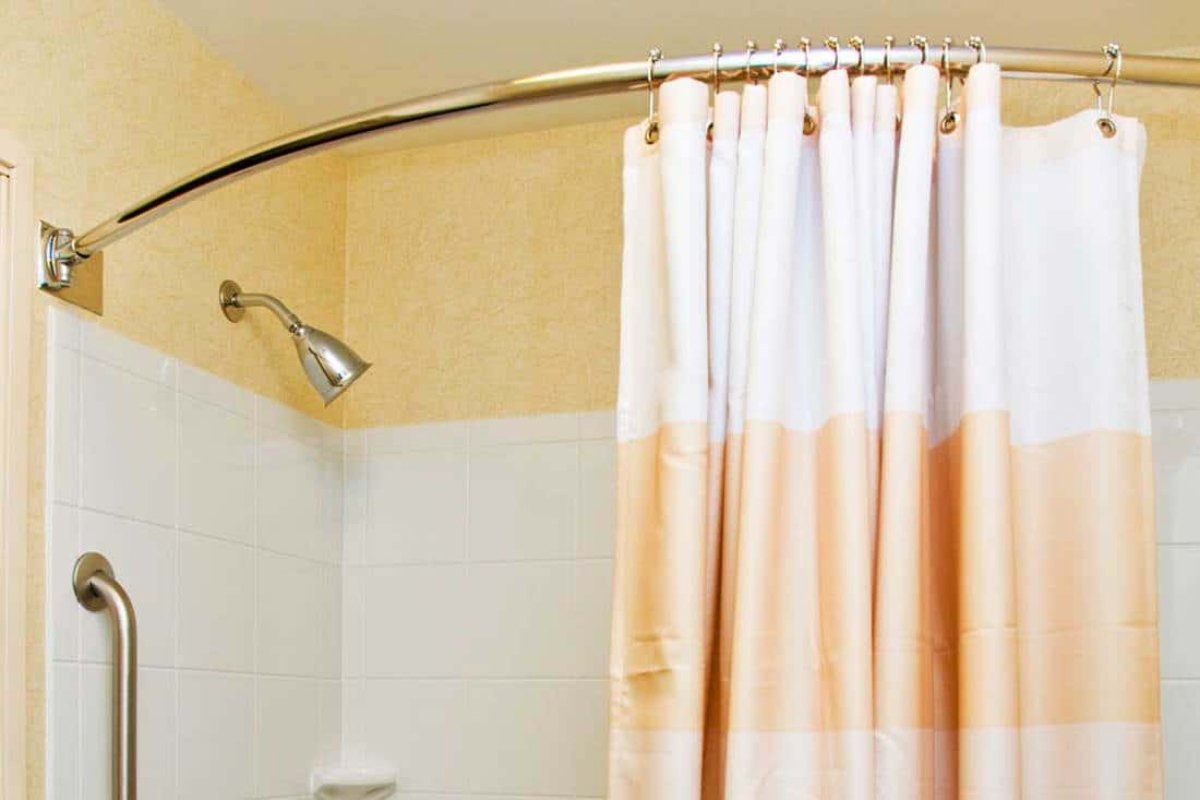
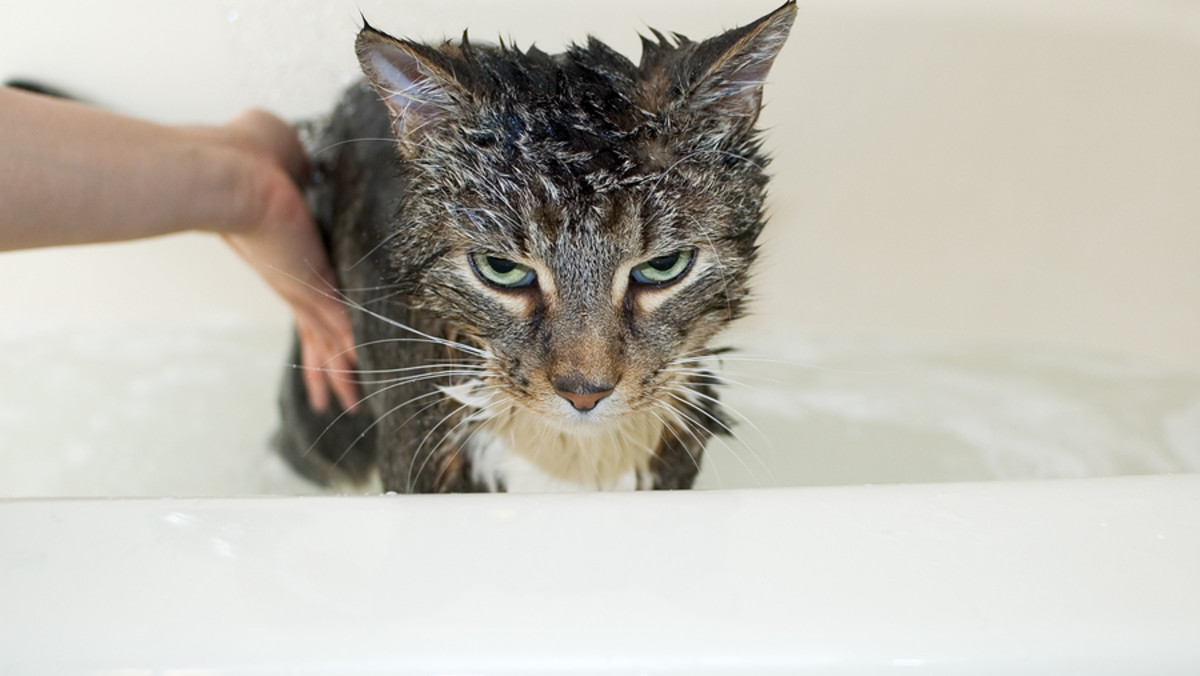

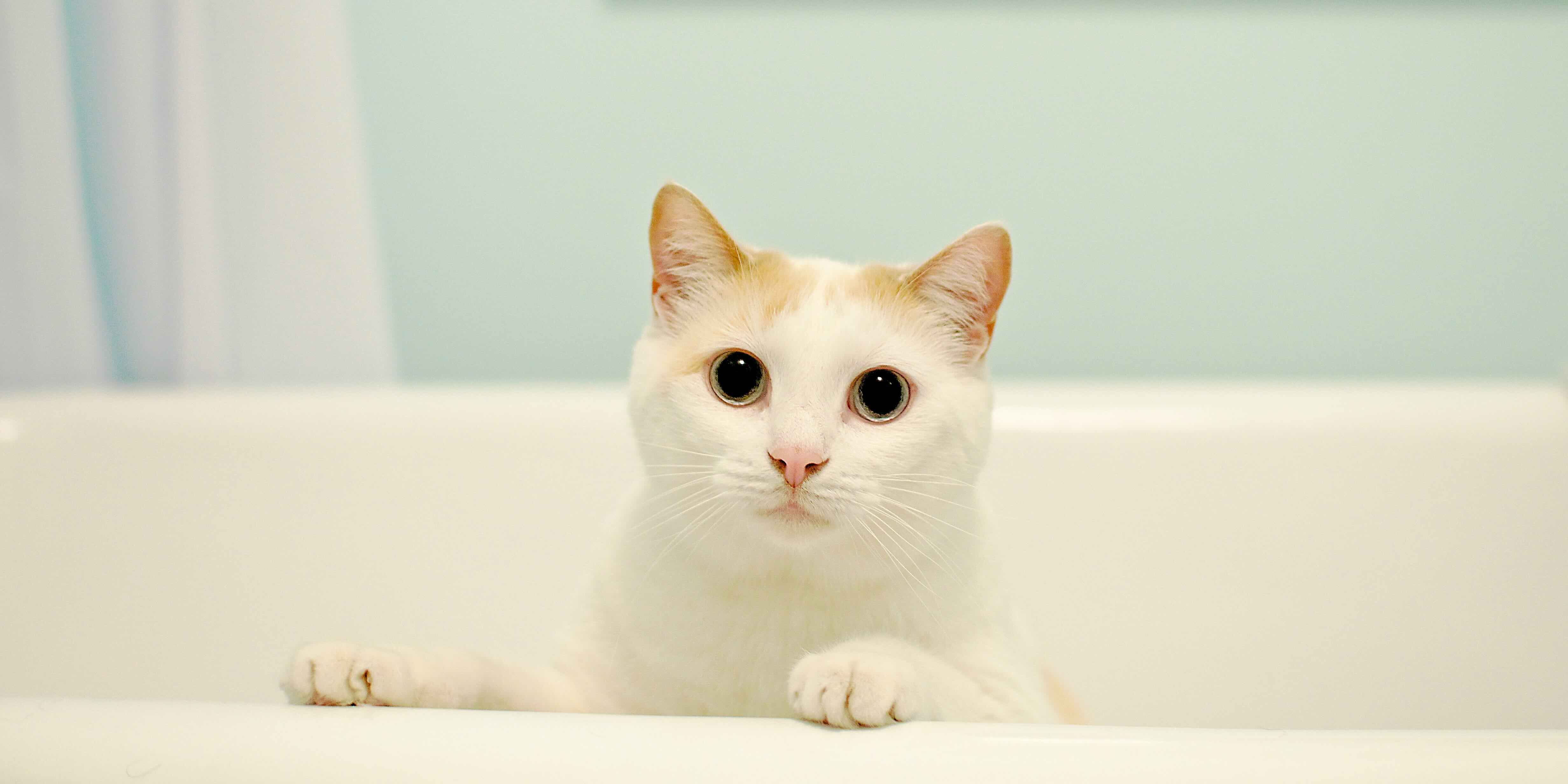





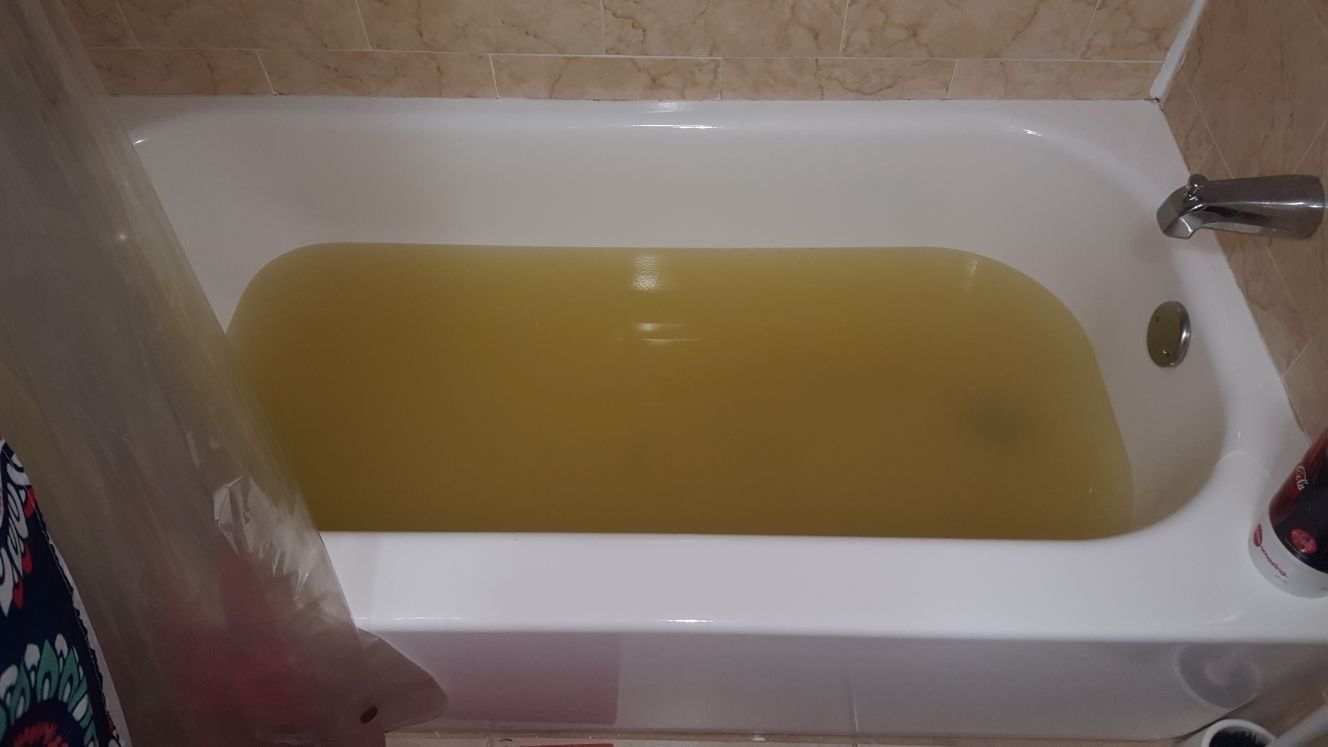
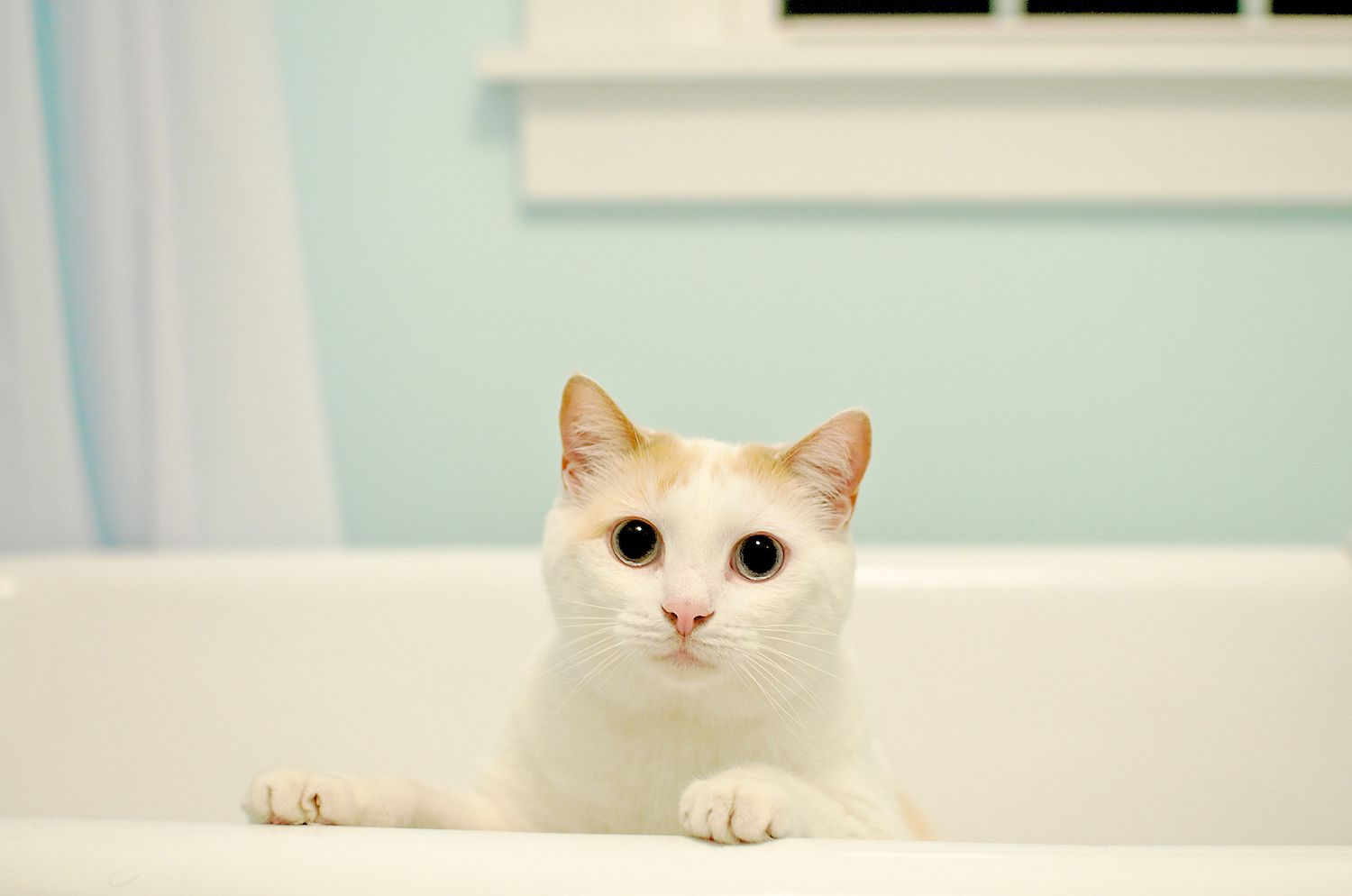
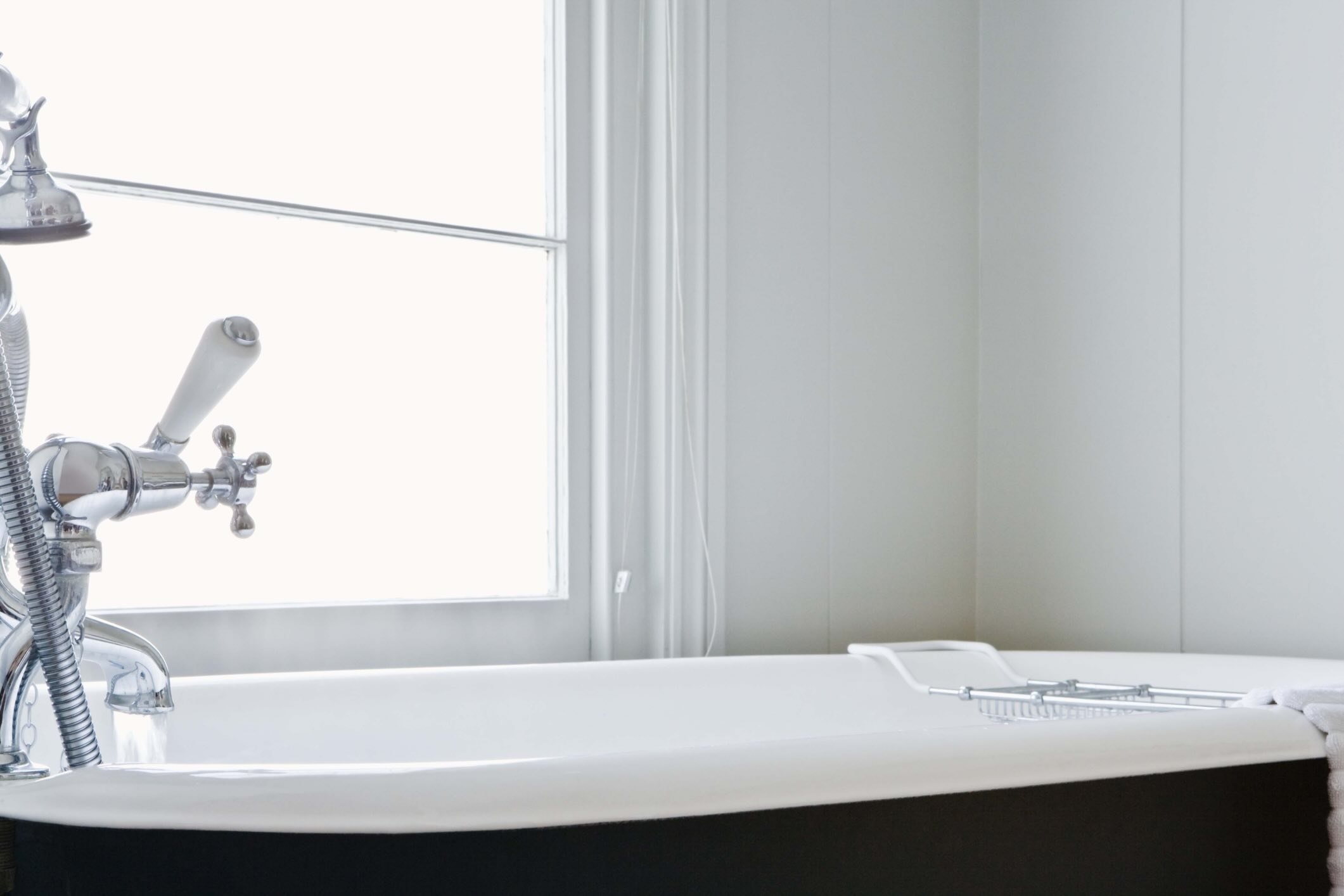
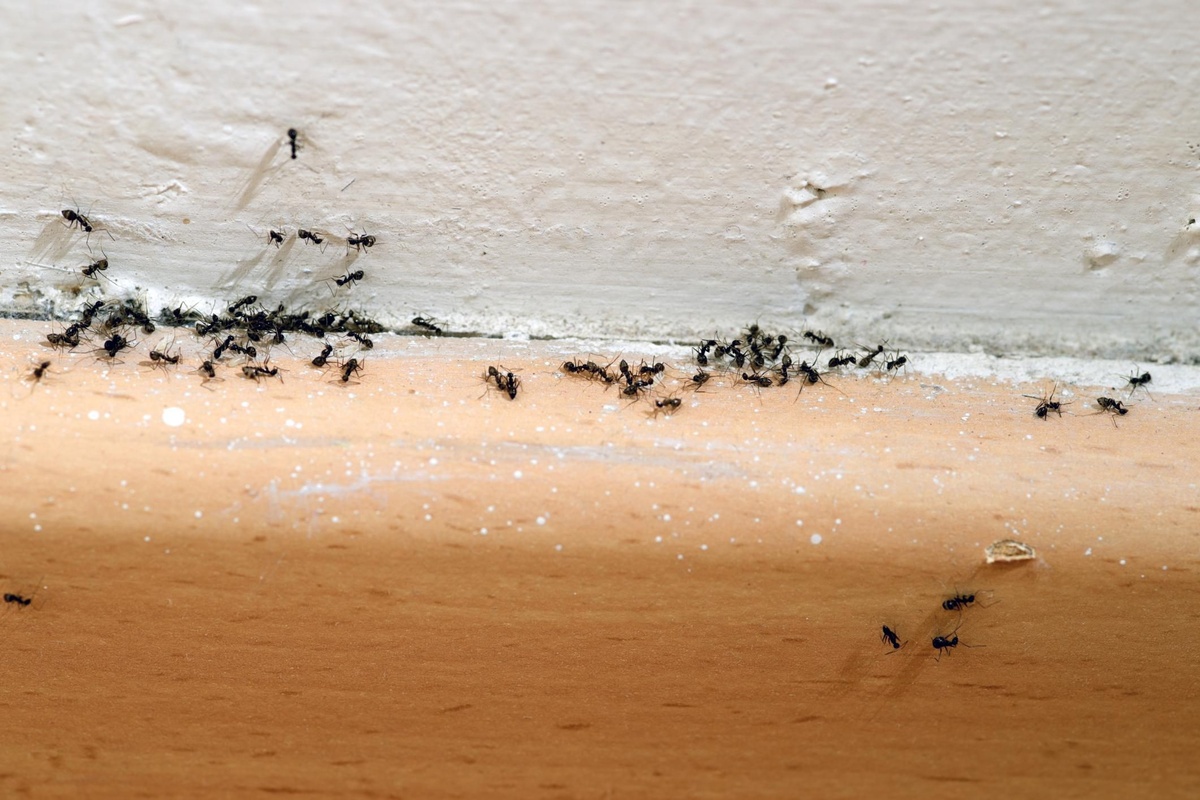


0 thoughts on “Why Does My Bathtub Turn Pink”